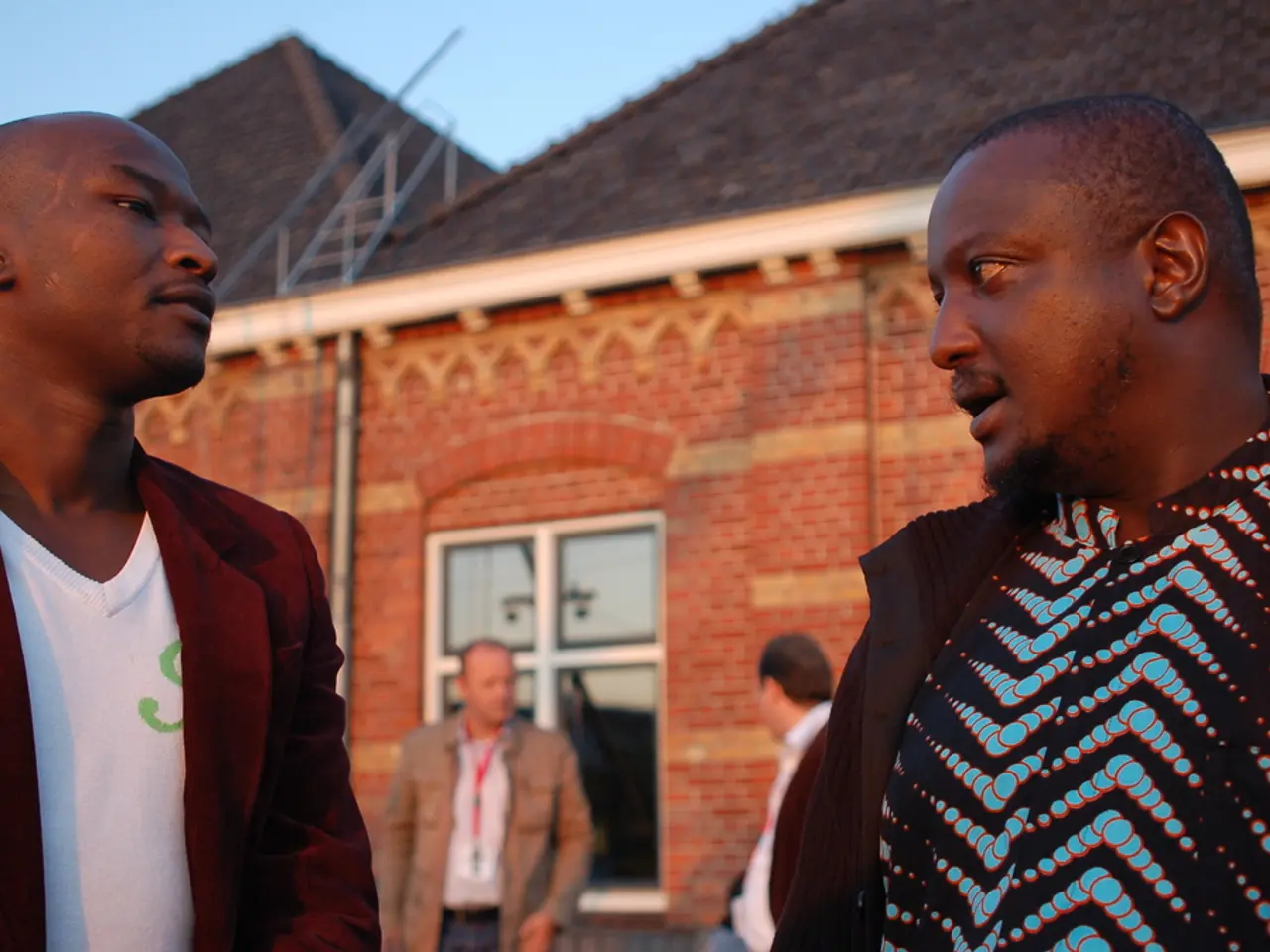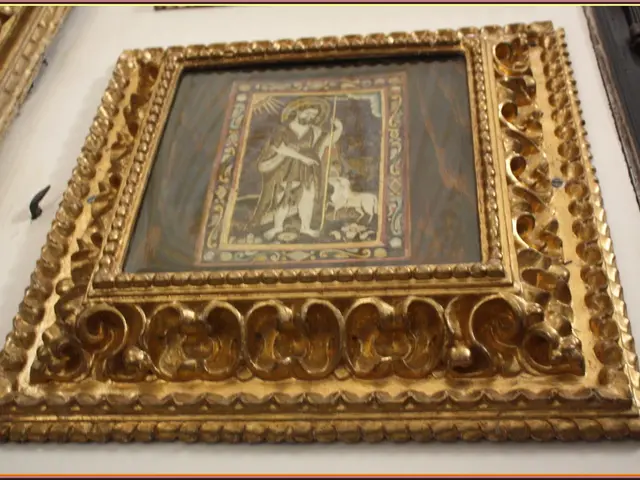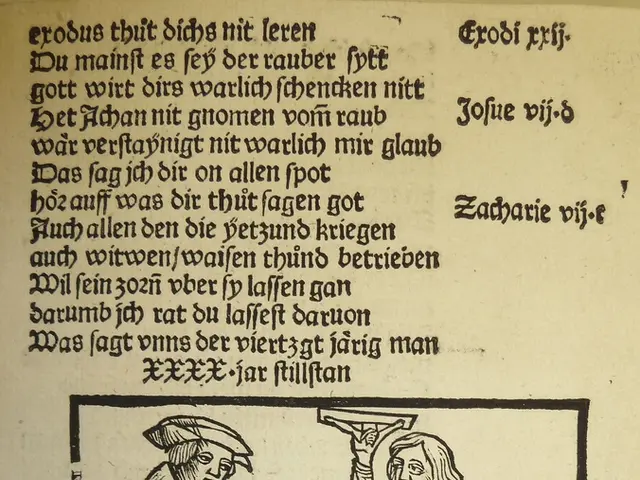Analysis of Family and Life Structures in Kenya, Focusing on the Gikuyu Culture
In the heart of Kenya, the Gikuyu community, renowned for their political influence and economic strength, has witnessed a significant transformation in family structures and life models over the years.
From 1895 to 1963, British colonial rule brought about profound changes, devastating traditional family structures. The influence of this era can still be felt today, as girls and women face challenges in accessing education, land ownership, and economic participation.
Traditionally, the Gikuyu family was an extended one, spanning several generations, with a male family head and a central element called nyumba where all biologically or marriage-related persons belonged. However, urbanization and globalization have led to more diverse and modern family structures. Nuclear families coexist alongside traditional extended kin networks, and increased mobility for education and work has resulted in changes in household arrangements.
Marriage was once seen as a cultural and spiritual bond between two families, with an important ritual being the payment of dowry. Today, dowry continues to play a significant role, but its attitudes have changed, and the practice has become increasingly commercialized.
In the traditional society, divorce was only allowed in exceptional cases. Today, the number of divorces is on the rise, mainly due to family conflicts. Single mothers, once rare in large families, are now common, often having little or no contact with their children's father's family.
The Gikuyu community has also seen the emergence of blended families, with online communities like the Blended Families Network on Facebook offering support and advice. In some cases, wealthy, often single mothers pay their own dowry to symbolically 'buy' their freedom.
Women, who held considerable influence in controlling certain assets, child custody, and other important matters in the traditional society, continue to play significant roles in modern families. Initiation of girls and boys in the community began at puberty, around the ages of 11 to 15.
The philosopher John S. Mbiti described the African family as a unity in diversity based on the principle of Ubuntu. This community-oriented perspective emphasizes belonging, solidarity, and mutual responsibility as central values.
However, challenges persist. The practice of female genital mutilation (FGM) has declined since the early 1970s but is still secretly practiced in some families. The use of Sheng in Kenyan families is causing increasing communication problems between generations, particularly with older people.
The rising number of single parents in Kenya is driven by male labor migration and women's increasing economic independence and employment. Children are increasingly taking their mother's surname, which can contribute to identity formation but can also negatively impact self-esteem, especially for boys going through puberty.
The Kamweretho movement, created to support these women, faced criticism and declined due to being seen as a threat to patriarchal structures and moral decay. Despite these challenges, the evolution of family structures in the Gikuyu community continues, shaped by tradition, modernity, and the principles of Ubuntu.







